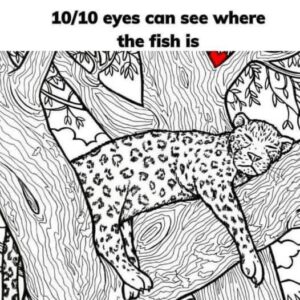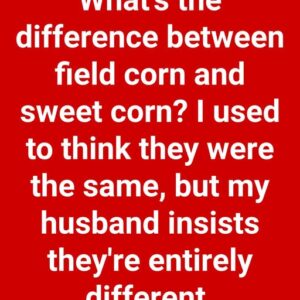The little symbol you see on restroom doors — WC — is one of the most universal signs in the world. From train stations to restaurants, from hotels to airports, this simple label tells us where we can find a toilet.
But what does it actually stand for?
And how did something as essential as the modern flush toilet evolve from luxury to necessity — from novelty to global norm?
Let’s explore the surprising origin of the Water Closet , its journey through time, and why understanding this everyday symbol connects us to centuries of human progress.





